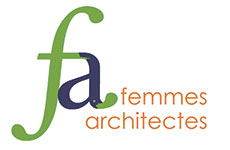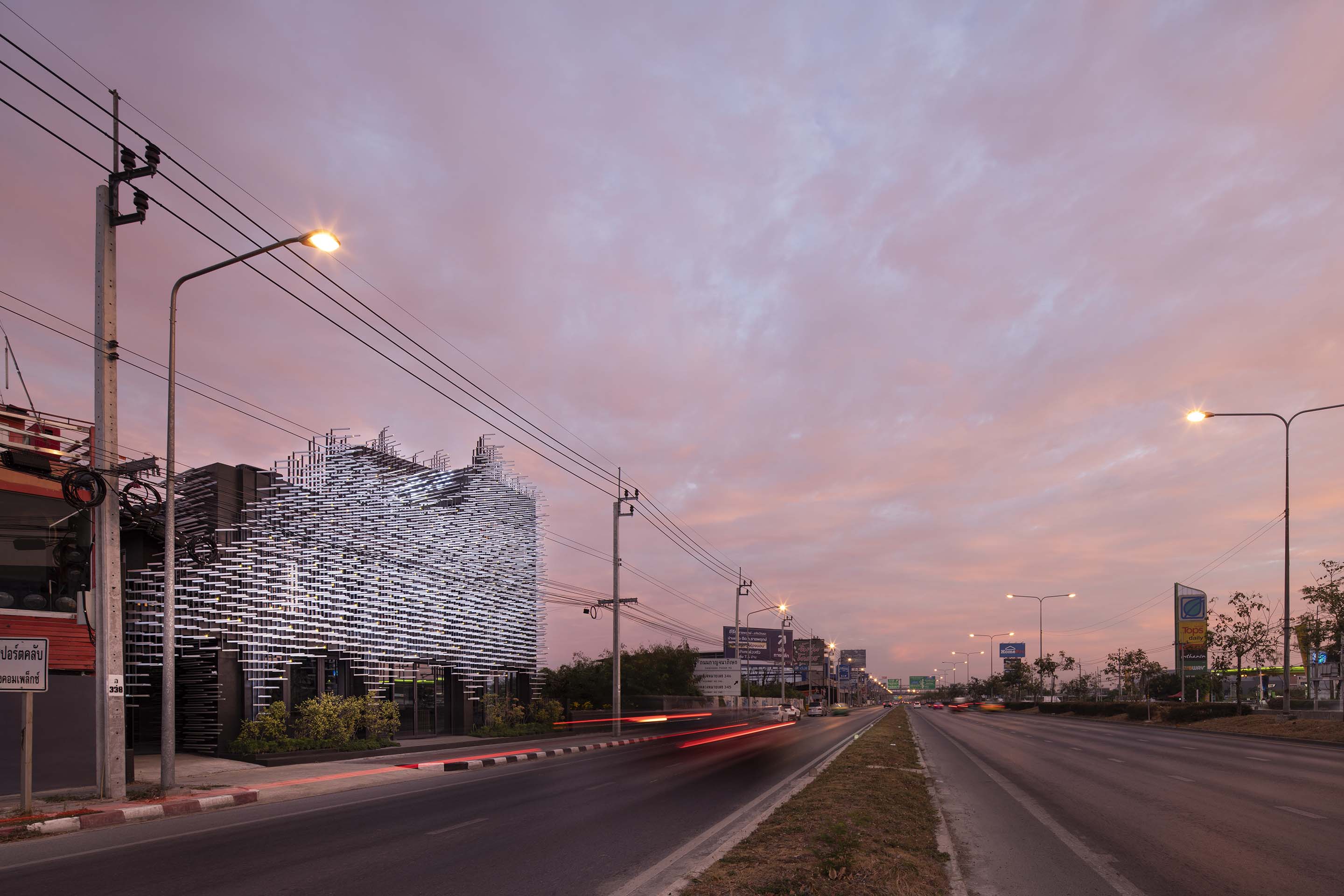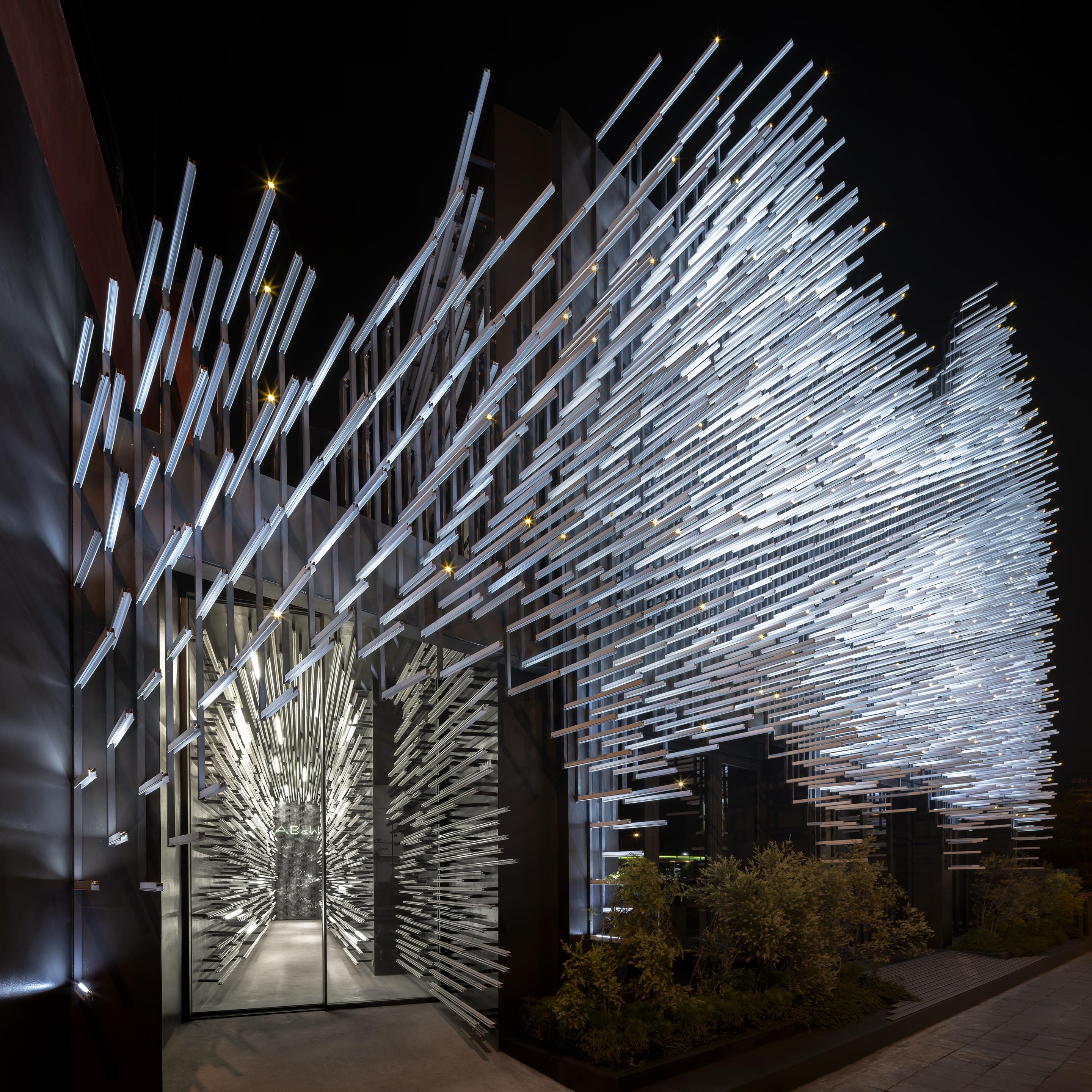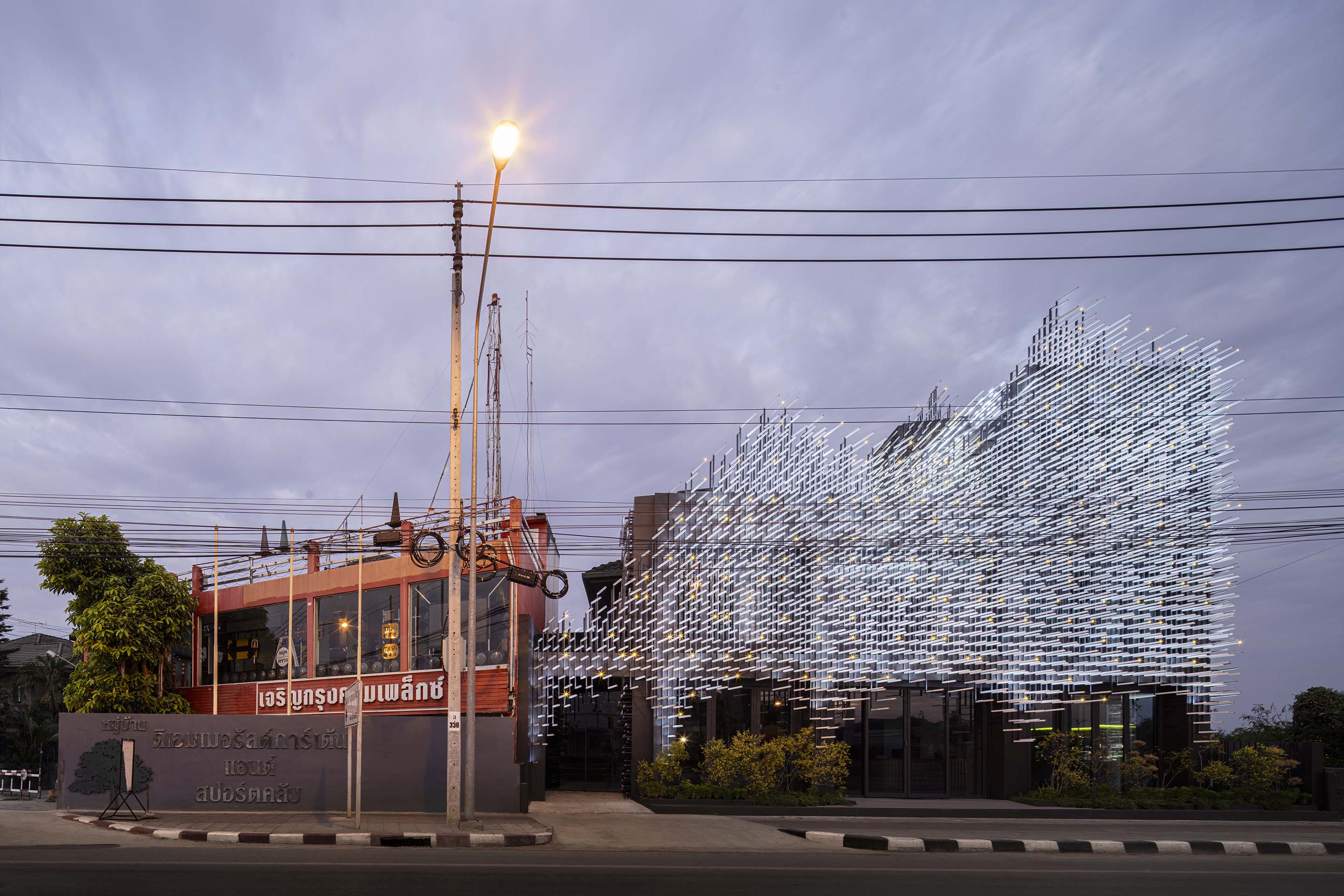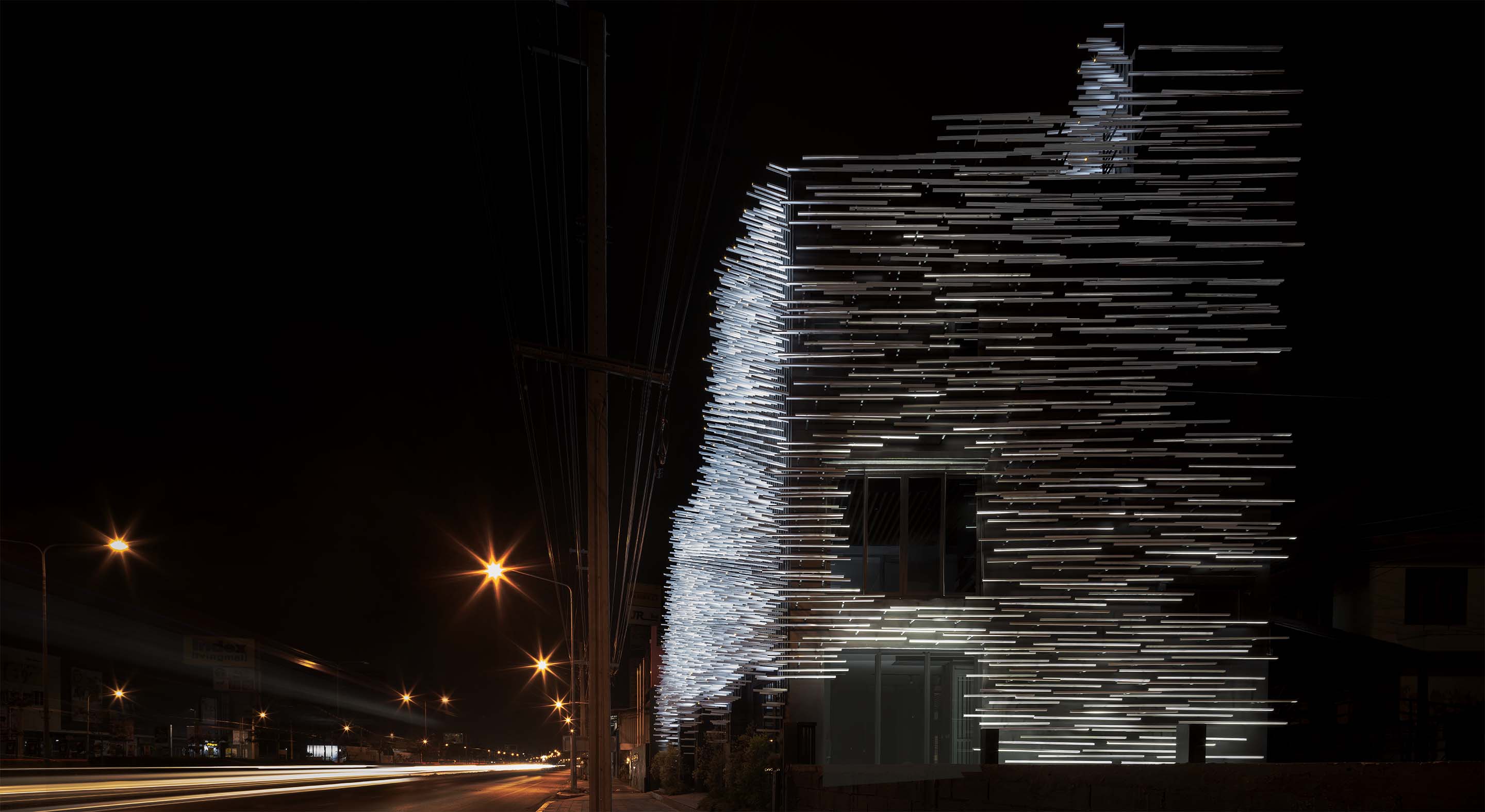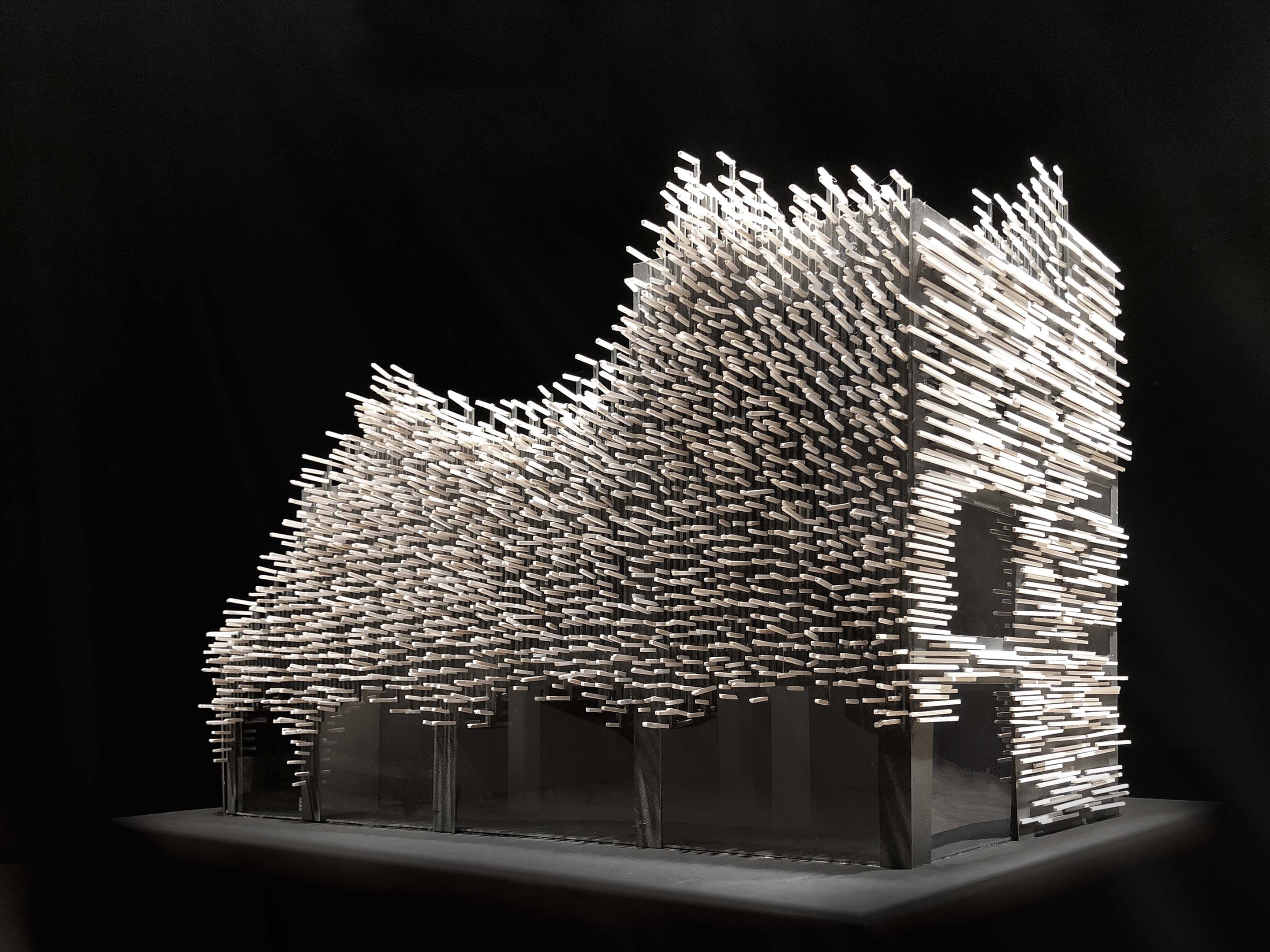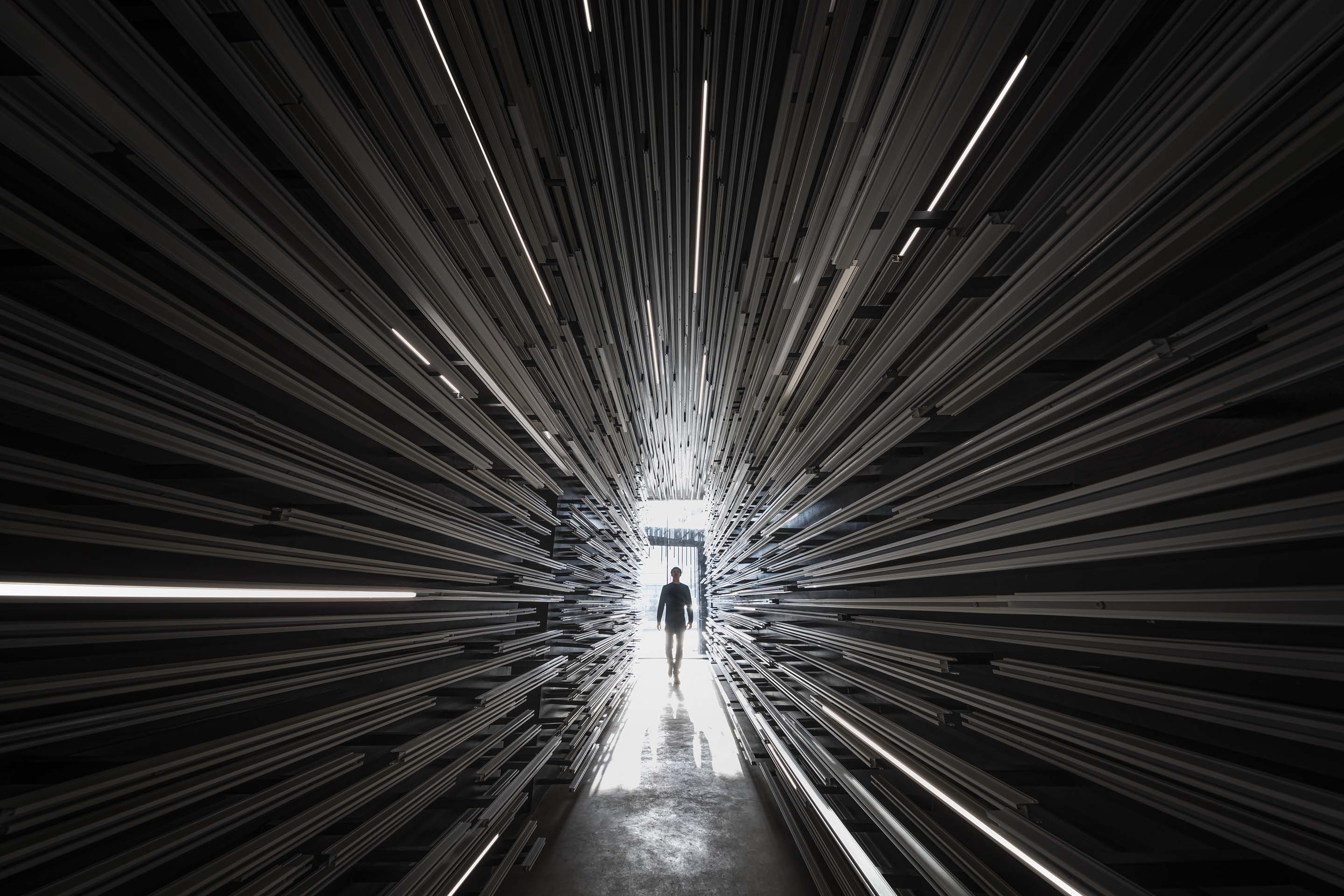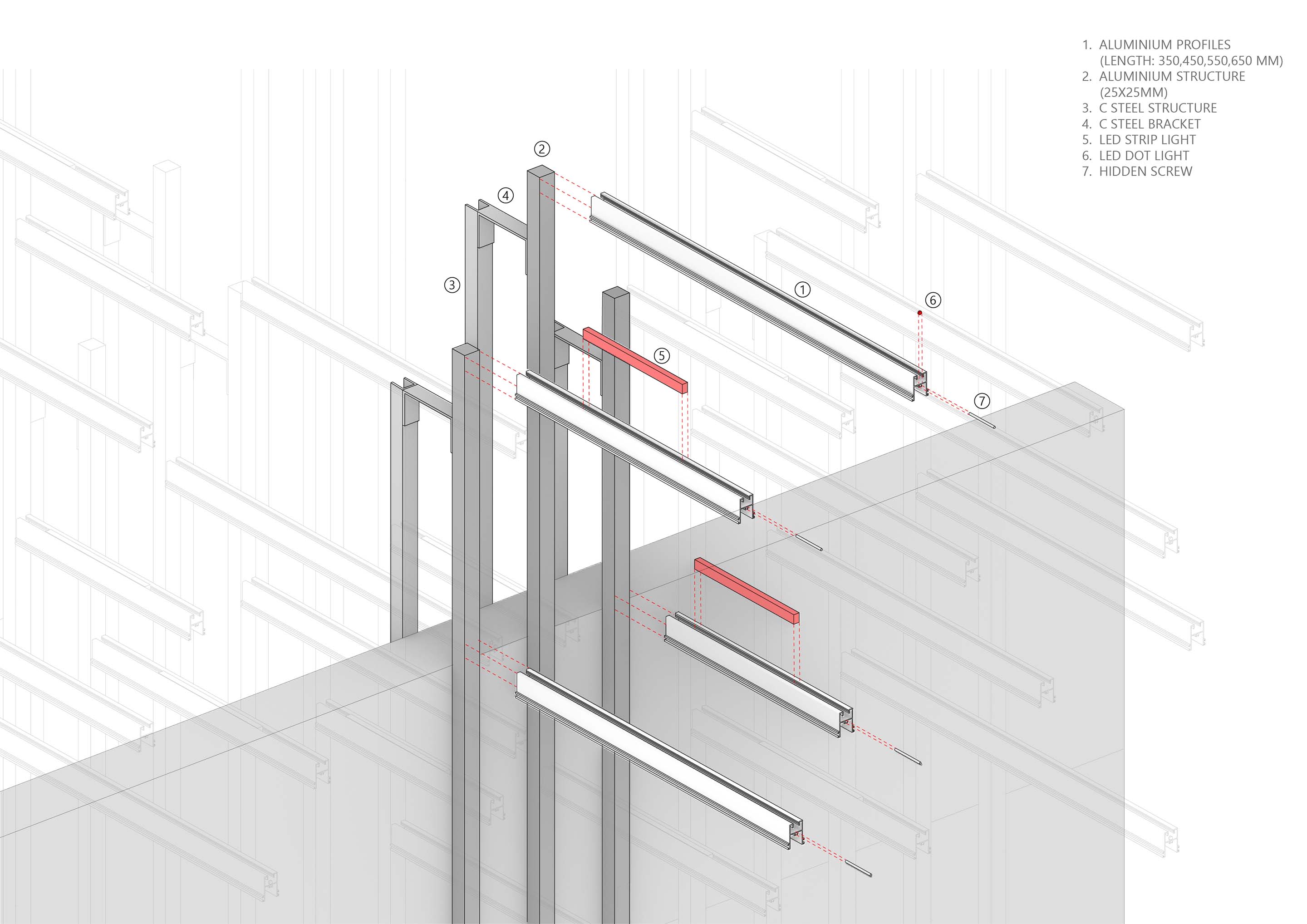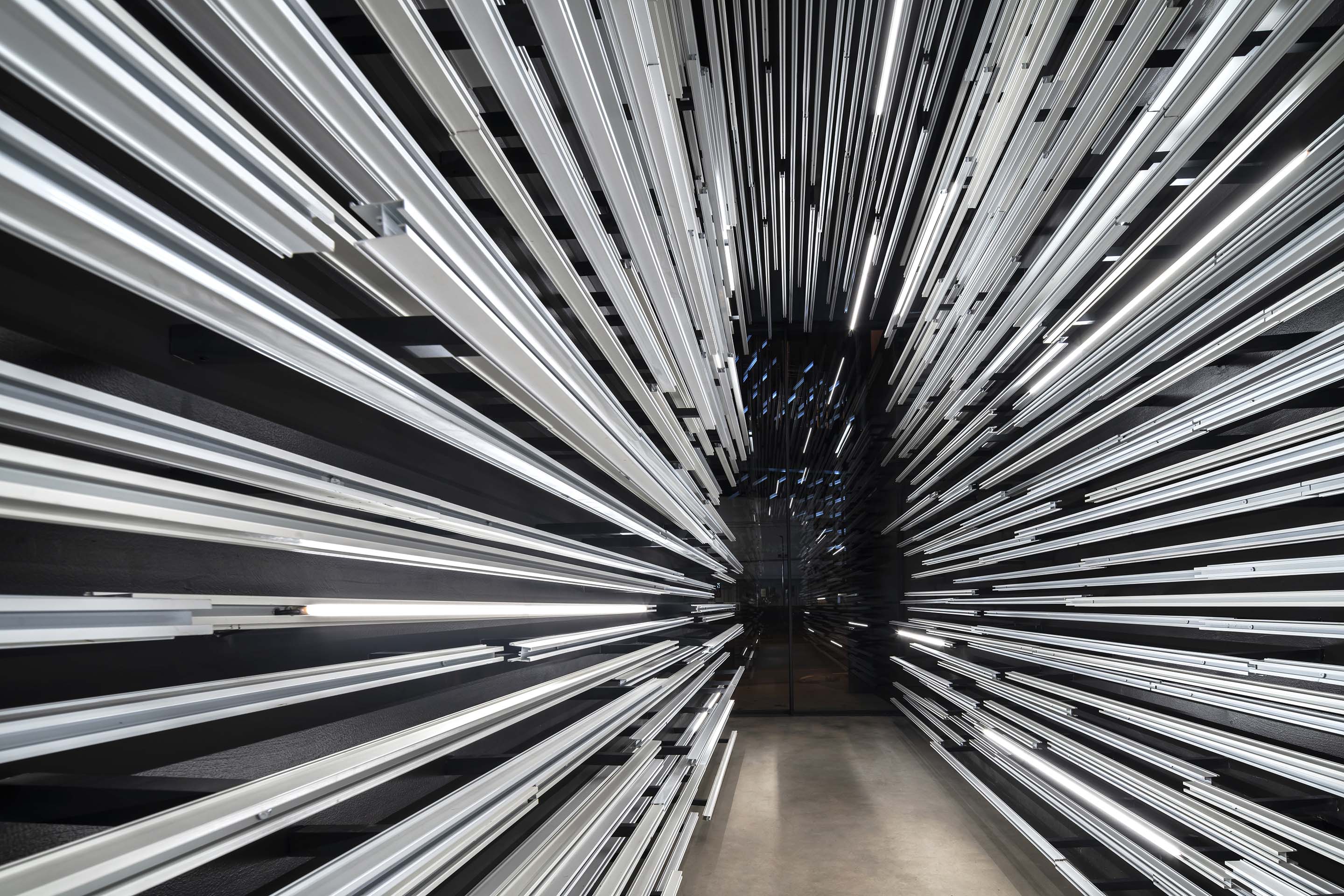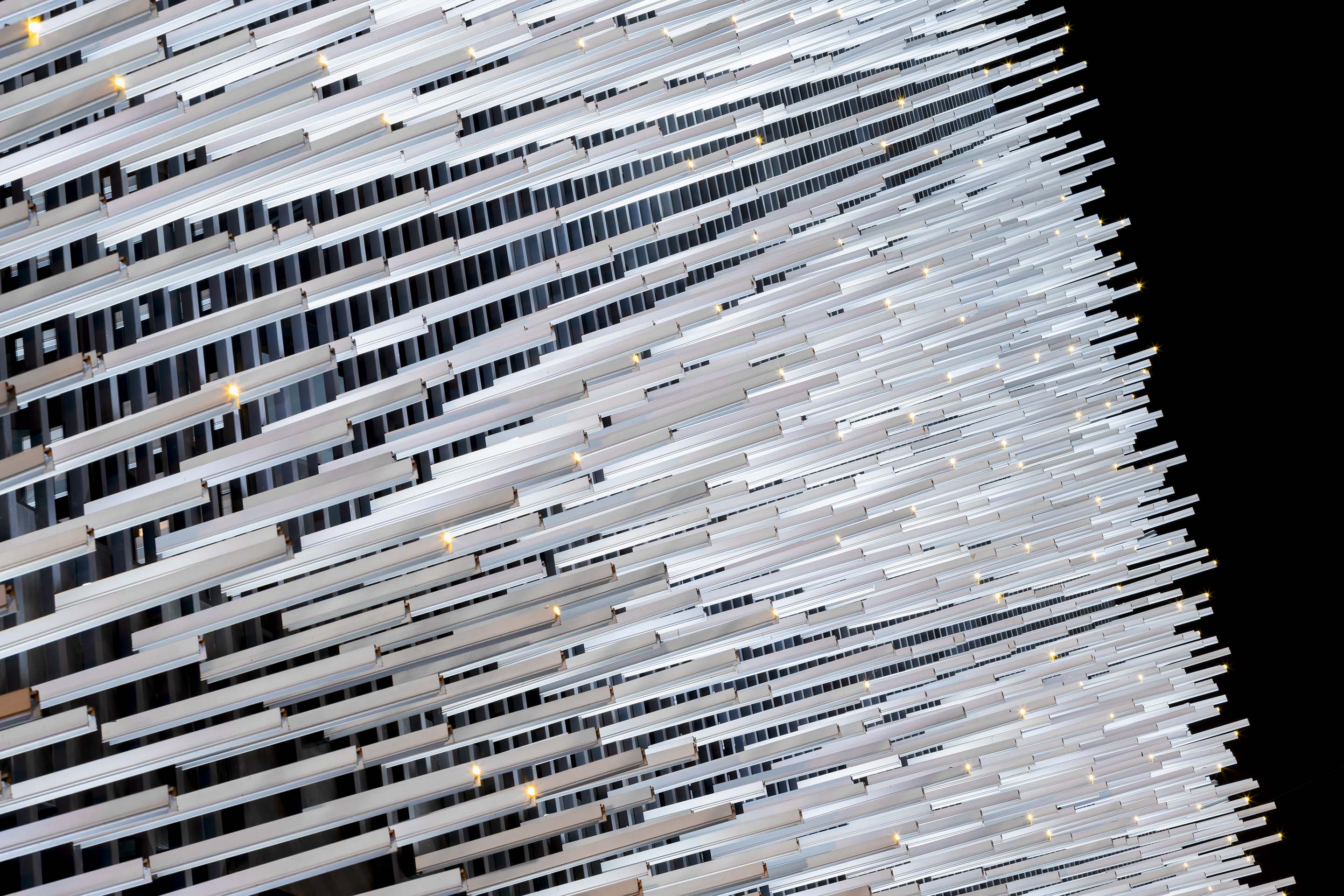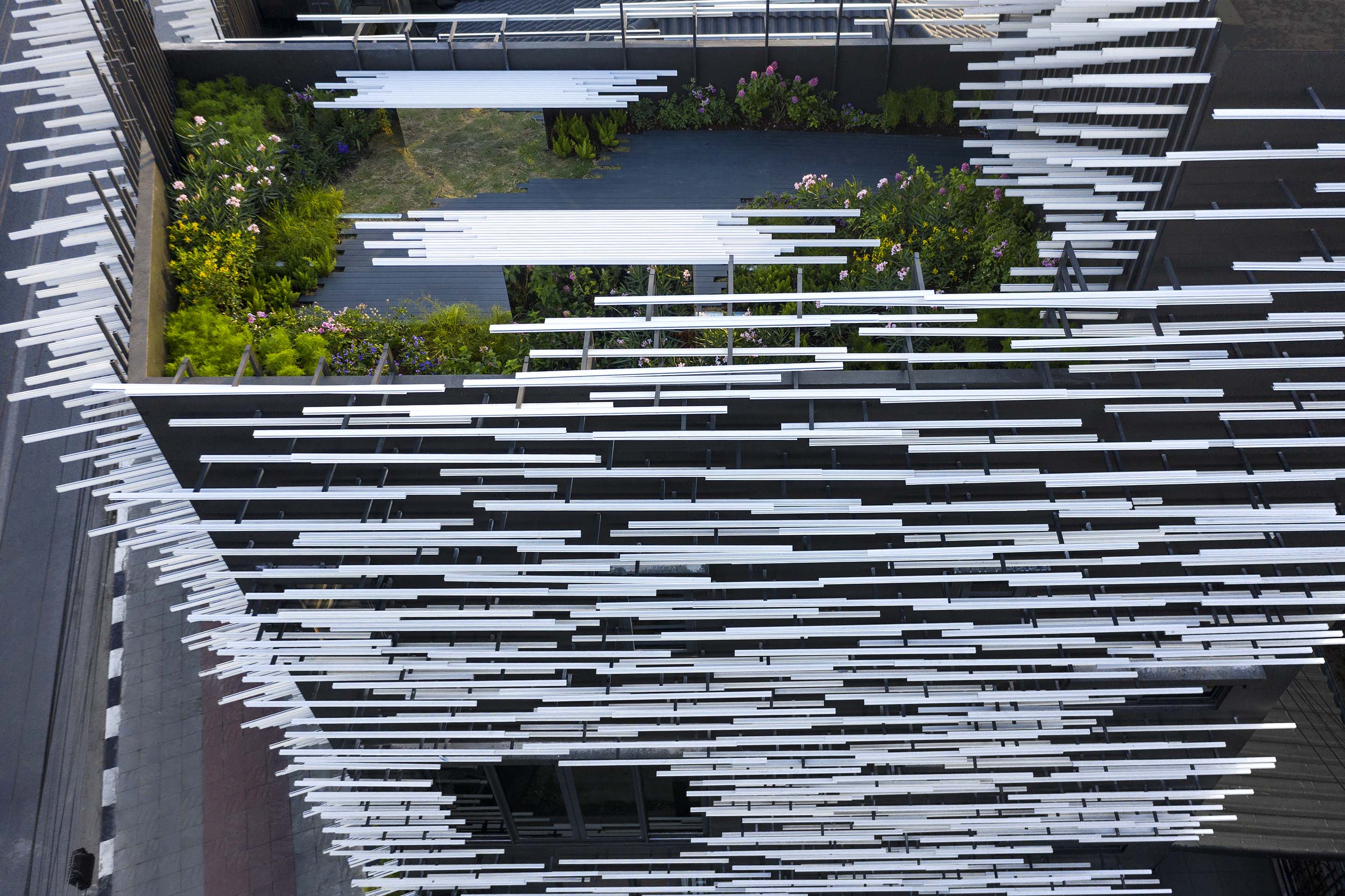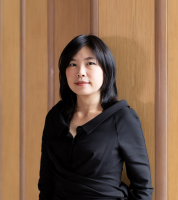
Kulthida SONGKITTIPAKDEE
- Site : https://hasdesignandresearch.com/projects/
- Adresse : 604/186, Soi. Phetkasem 92/1, Phetkasem Road, Bangkhae, Bangkok 10160, Thailand 10160 bangkok
Kulthida SONGKITTIPAKDEE is a prominent Thai architect whose professional practice, academic involvement, and cultural advocacy have meaningfully contributed to the visibility of women in architecture across Asia and beyond. Her work is grounded in a deep commitment to cultural identity, environmental responsibility, and inclusive urban development, demonstrating how architecture can bridge tradition and innovation while responding to the complexities of contemporary life.
As co-founder and principal architect, alongside acclaimed architect Jenchieh Hung, of the Bangkok-based firm Jenchieh Hung + Kulthida Songkittipakdee | HAS Design and Research, she has developed a distinctive architectural language rooted in a deep commitment to cultural identity, environmental responsibility, and inclusive urban development. Her work demonstrates how architecture can bridge tradition and innovation, responding to the complexities of contemporary life by reinterpreting local materials, spaces, and places through projects such as the Museum of Modern Aluminum, Simple Art Museum, Aluminum Grotto and Public Ground, Forest Villa, and Casa de Zanotta. These works have been recognized by numerous international institutions and professional organizations, with notable honors including the INDE. Award Winner from Australia in 2023, the LIT Lighting Design Awards Winner from Switzerland in 2023, and selection for the Wallpaper* Architects’ Directory in the United Kingdom in 2022.
In parallel with her professional achievements, SONGKITTIPAKDEE contributes significantly to academia. She serves as a visiting professor at Chulalongkorn University and Tongji University, and as Dean’s Special Advisor at Kasetsart University. These academic roles reflect her strong commitment to mentorship, particularly in empowering young women architect. Her contributions also extend into writing and research. She is the author of four influential books that reflect her evolving design philosophy. Her first, titled “Arch Life and Rhythm”, published in 2016, recounts her experience as the first Asian architect selected by the Renzo Piano Foundation to collaborate at Renzo Piano’s Paris studio. This was followed by “The Improvised: Phetkasem Artist Studio” in 2021, which explored identity through spatial experimentation. In 2024, she published “from MANufAcTURE to Architecture: Museum of Modern Aluminum”, highlighting architecture’s role as a bridge between nature and humanity. Her most recent work, “Chameleon Architecture: Shifting / Adapting / Evolving”, released in 2025, explores contemporary research and the fluid nature of design practice in a rapidly changing world.
In 2024, she was appointed chairwoman of Thailand’s largest architectural exposition, organized by the Association of Siamese Architects Under Royal Patronage (ASA). In this national role, she became a role model in the architectural field, actively encouraging women architects in leadership. SONGKITTIPAKDEE holds a Bachelor of Architecture with honors from Chulalongkorn University and a Master of Urban Design from the École Nationale Supérieure d’Architecture de Paris-La Villette (ENSAPLV), bringing together perspectives from Asia and Europe. Beyond the physical realm, she is a passionate mentor and advocate, committed to amplifying Thai voices on the global stage. Her work continues to inspire a new generation of architects to embrace cultural depth, social responsibility, and global engagement through design and research.
|
Museum of Modern Aluminum Thailand
The Museum of Modern Aluminum Thailand (MoMA) is an innovative architectural masterpiece, born from a vision to breathe new life into the significance of aluminum in the country. Situated in Greater Bangkok, MoMA is a reflection of Thailand’s once-dominant position as Southeast Asia’s largest aluminum producer. At the close of the 20th century, the country’s aluminum profiles, which served both the local market and international exports, played a crucial role in its industrial landscape. However, the Asian Financial Crisis of 1997 profoundly impacted the industry, leading to the sale of aluminum products at low prices and the eventual emergence of aluminum signage, fences, and extensions that now characterize the cluttered streets of Bangkok.
Against this backdrop of industrial transformation and urban evolution, MoMA was born. The museum is located at a busy traffic hub, linking major landmarks such as The Grand Palace, Wongwian Yai, Bangkok University, and Ko Kret—an island once home to vibrant fireflies, symbolizing serenity in the heart of a bustling city. Architects Jenchieh Hung and Kulthida Songkittipakdee of HAS Design and Research set out to create a space that was more than just a museum. Their goal was to provide a peaceful refuge for urban dwellers, blending nature with industry to offer an oasis within Bangkok’s concrete jungle.
The architectural design of MoMA cleverly incorporates aluminum as both a functional and symbolic element. Hung and Songkittipakdee (HAS) design striking façade is covered with tens of thousands of aluminum strips, each with unique colors and textures, evoking the delicate feathers of a dandelion. During the day, these elements sway gently in the wind, softening the harshness of the busy road. At night, MoMA transforms into a glowing firefly, its aluminum strips illuminated by LED lighting to create a serene and peaceful atmosphere that contrasts sharply with the surrounding commercial chaos.
The use of aluminum extends beyond the façade and into every part of MoMA. The strips appear in the building’s interior, landscape, lighting, and even the furniture, creating a cohesive and harmonious experience. This thoughtful design not only highlights aluminum’s versatility but also ensures comfort within the space. The strategic arrangement of aluminum strips helps filter out external noise and control sunlight, guiding visitors into a tranquil exhibition space where the bustle of the outside world feels miles away.
One of the most striking features of MoMA is its top-floor landscape, designed to resemble a floating island. This enclosed garden, filled with seasonal plants, enhances the building’s visual appeal while also contributing to its ecological purpose. The rooftop garden becomes an urban sanctuary for fireflies, offering a refuge that reconnects Bangkok to its natural heritage and invites wildlife to flourish in the heart of the city.
The design process of MoMA began with an exploration of the aluminum signboards that adorn the streets of Bangkok. Architects Jenchieh Hung and Kulthida Songkittipakdee sought to reimagine these everyday elements and transform them into a sophisticated architectural texture. Through their research into aluminum profiles, they discovered a new vernacular for architecture that bridges the industrial past with a vision for the future. MoMA is a tribute to Thailand’s industrial history while offering a peaceful, nature-inspired retreat that symbolizes the future of urban design.
|
